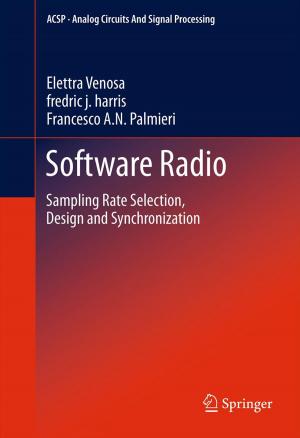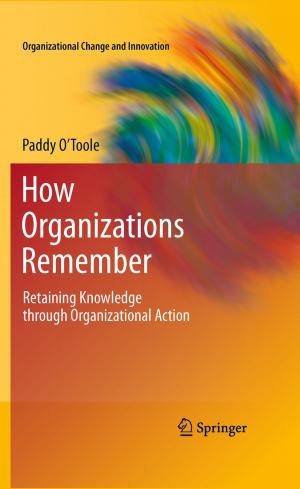Breakthrough Teaching and Learning
How Educational and Assistive Technologies are Driving Innovation
Nonfiction, Reference & Language, Education & Teaching, Teaching, Computers & Technology| Author: | ISBN: | 9781441977687 | |
| Publisher: | Springer New York | Publication: | March 24, 2011 |
| Imprint: | Springer | Language: | English |
| Author: | |
| ISBN: | 9781441977687 |
| Publisher: | Springer New York |
| Publication: | March 24, 2011 |
| Imprint: | Springer |
| Language: | English |
The many technology-related educational changes of the past decade have been propelled by even greater changes in the general consumer technology landscape. Education has become increasingly entwined with the digital consumer landscape. We are no longer asking whether digital materials and tools should be integrated into teaching and learning, but how and how well. Meanwhile, the overall academic performance of U.S. students has not kept pace with our international peers. Many policymakers have called for increased attention to students' 21st century skills and work readiness, pointing to the critical role technology should play in educational innovation. These changes mean that many mainstream accessible technologies can be used in the classroom to benefit a diverse population of learners, including students with disabilities and English language learners, reflecting the national shift from separate special education programs to more inclusive classrooms. Changes to policies and standards have pushed assistive and accessible technologies to the forefront, including the Higher Education Opportunity Act of 2008, which requires teacher preparation programs to address educational technology and principles of universal design for learning (UDL), and the National Instructional Materials Accessibility Standard (NIMAS), which creates a public-private infrastructure to provide more timely delivery of digital text to students with physical and print disabilities. This volume represents pioneering ideas that examine how accessible educational technologies can be harnessed for breakthrough learning for all students. Chapters will cover innovation trends in educational and assistive technologies, cognitive and neuroscience findings on how individual differences impact technology use and choice; the intersection of educational, leisure, health habits and exer-gaming; the use of social networking tools by students with and without disabilities; the use of social networking for teacher professional learning communities; the future of assessments for decision-making; and an analysis of the habits of mind and work traits of innovators NCTI has interviewed over the past five years.
The many technology-related educational changes of the past decade have been propelled by even greater changes in the general consumer technology landscape. Education has become increasingly entwined with the digital consumer landscape. We are no longer asking whether digital materials and tools should be integrated into teaching and learning, but how and how well. Meanwhile, the overall academic performance of U.S. students has not kept pace with our international peers. Many policymakers have called for increased attention to students' 21st century skills and work readiness, pointing to the critical role technology should play in educational innovation. These changes mean that many mainstream accessible technologies can be used in the classroom to benefit a diverse population of learners, including students with disabilities and English language learners, reflecting the national shift from separate special education programs to more inclusive classrooms. Changes to policies and standards have pushed assistive and accessible technologies to the forefront, including the Higher Education Opportunity Act of 2008, which requires teacher preparation programs to address educational technology and principles of universal design for learning (UDL), and the National Instructional Materials Accessibility Standard (NIMAS), which creates a public-private infrastructure to provide more timely delivery of digital text to students with physical and print disabilities. This volume represents pioneering ideas that examine how accessible educational technologies can be harnessed for breakthrough learning for all students. Chapters will cover innovation trends in educational and assistive technologies, cognitive and neuroscience findings on how individual differences impact technology use and choice; the intersection of educational, leisure, health habits and exer-gaming; the use of social networking tools by students with and without disabilities; the use of social networking for teacher professional learning communities; the future of assessments for decision-making; and an analysis of the habits of mind and work traits of innovators NCTI has interviewed over the past five years.















